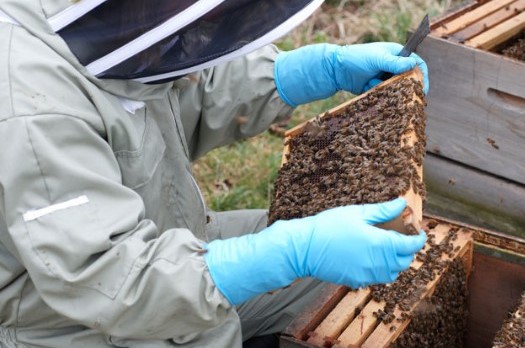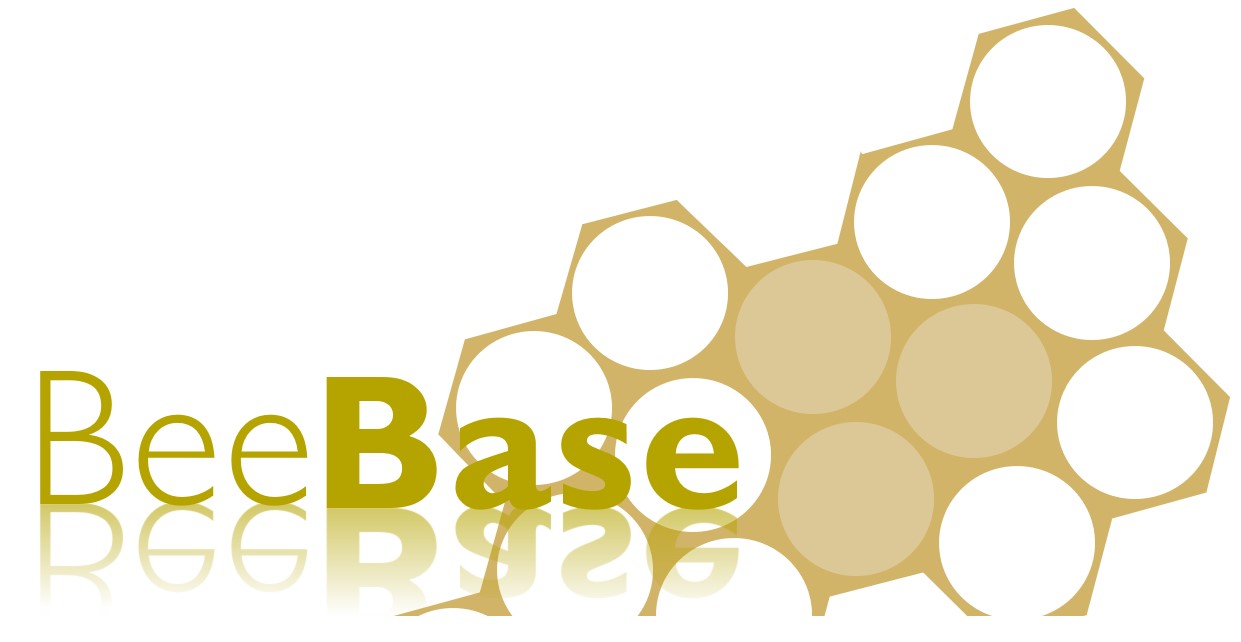There are two serious brood diseases of honeybee in the UK which are currently notifiable and subject to control under The Bee Diseases and Pests Control Order 2006. These are American and European Foulbrood, AFB and EFB respectively. The control of AFB and EFB disease is the responsibility of the National Bee Unit's Inspectors who carry out a risk-based inspection programme on registered colonies across England and Wales. If you keep honeybee colonies in England or Wales, you may be contacted by your local Bee Inspector for an inspection of your bees.
If you ever have any serious concerns about the health of your colonies (whether you are registered or not) you can contact your local Bee Inspector to request a visit; even if it is a false alarm, it is always better to be safe than sorry.

Where Foulbrood is suspected, the Inspector will test the symptomatic larva by using a lateral flow device (LFD) and send it to the laboratory to either confirm a positive or negative diagnosis. During this time the Inspector will issue a Standstill Notice prohibiting the removal of bees, bee products and equipment from the apiary. If Foulbrood is confirmed, the Inspector will supervise the necessary disease control measures. These can include destruction of infected colonies (EFB or AFB) or shookswarm (EFB), as well as further inspections of any colonies which have been associated with the diseased colony/colonies. After a minimum of 6 weeks the Inspector will return to carry out a follow up inspection. If there are no further symptoms of disease the Standstill is withdrawn. Normally the Bee Inspector will visit again during the following season to be sure that the disease has been completely controlled.
Please see the Diseases and Pests section of this website for further details of the recognition and control of foulbrood, or see our advisory leaflet on Foulbrood disease of honey bees.
You can download all our advisory leaflets in our Advisory Leaflets section.
In addition, two exotic pest threats the Small Hive Beetle (Aethina tumida) and Tropilaelaps spp. mites are notifiable throughout Europe and are therefore subject to statutory surveillance and control measures. For more information about these pests, please visit our Exotic Pests section.
